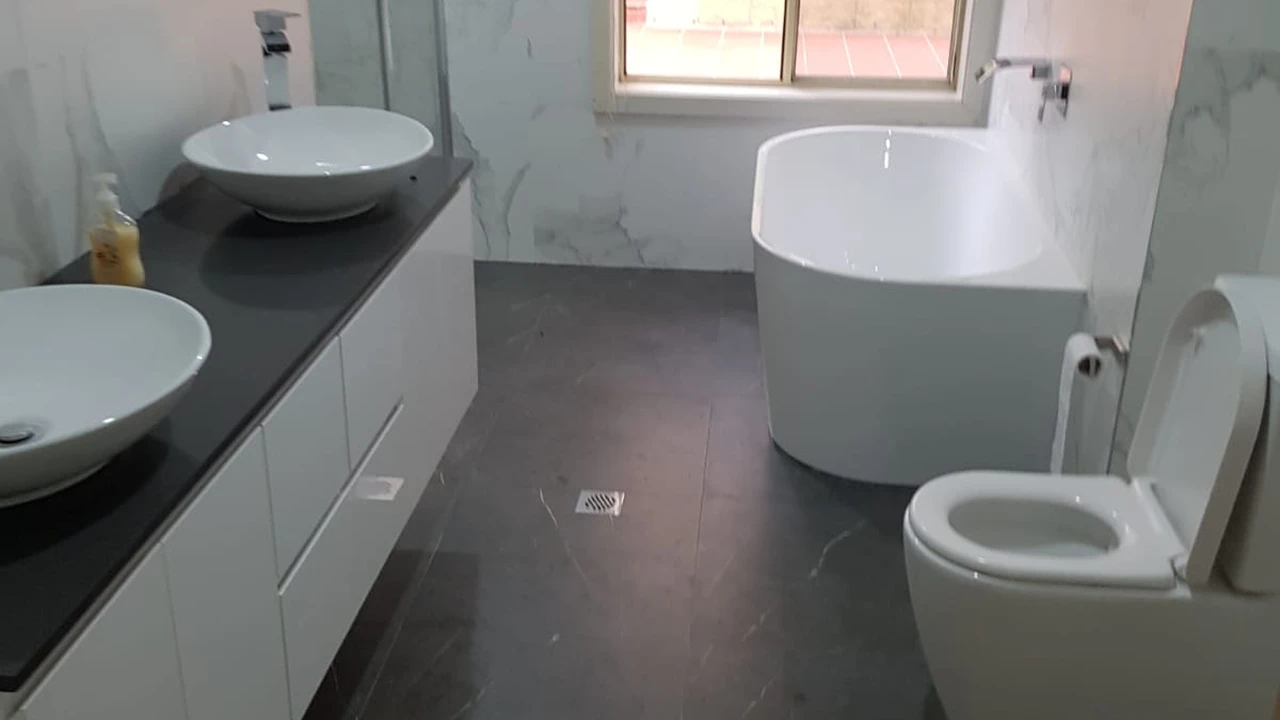7 Genius Cleaning Hacks Using Baking Soda

Baking Soda The Unsung Hero of Your Cleaning Arsenal
Okay, let's be real. We all have that box of baking soda lurking in the back of the fridge, right? Maybe it's absorbing odors, maybe it's just... there. But did you know that humble box of sodium bicarbonate is actually a cleaning powerhouse? Forget those expensive, chemical-laden cleaners! Baking soda is your eco-friendly, budget-friendly, and surprisingly effective cleaning buddy. We're about to dive into seven genius cleaning hacks that will transform the way you think about this pantry staple.
Hack 1 Baking Soda as a Natural Deodorizer For Carpets and Rugs Carpet Cleaning Tips
Say goodbye to smelly carpets and rugs! Baking soda is a fantastic natural deodorizer. Simply sprinkle a generous amount of baking soda over the affected area. Let it sit for at least 15 minutes, or even better, overnight. The baking soda will absorb odors. Then, vacuum it up thoroughly. This works wonders on pet odors, stale smells, and even lingering food spills. For heavily soiled carpets, you can add a few drops of essential oil (like lavender or tea tree) to the baking soda before sprinkling. Just be sure to test it in an inconspicuous area first to make sure it doesn't stain. For extra tough stains, consider using a carpet cleaning machine after deodorizing with baking soda. Some popular models include the Bissell ProHeat 2X Revolution Pet Pro (around $300) and the Hoover SmartWash Automatic Carpet Cleaner (around $250). Both offer powerful stain removal and heated cleaning for optimal results. Baking soda pre-treatment significantly enhances their effectiveness.
Hack 2 Baking Soda Paste The Ultimate All-Purpose Cleaner Baking Soda Uses
Need an abrasive cleaner that's gentle on surfaces? Make a paste of baking soda and water! Combine equal parts baking soda and water until you achieve a thick, spreadable consistency. This paste is perfect for cleaning sinks, bathtubs, tile grout, and even stainless steel appliances. Apply the paste, let it sit for a few minutes, and then scrub gently with a sponge or cloth. Rinse thoroughly. For tougher stains, you can add a squeeze of lemon juice to the paste. Lemon juice acts as a natural bleaching agent and helps to break down stubborn grime. This paste is amazing for removing soap scum in the bathroom and burnt-on food from pots and pans. Be careful using it on delicate surfaces though, always test in a hidden spot first! For stainless steel, always scrub in the direction of the grain to avoid scratching. Consider using a non-scratch scouring pad, like the Scotch-Brite Non-Scratch Scrub Sponges (around $5 for a pack), for extra scrubbing power without damaging surfaces. These sponges are specifically designed to be gentle on delicate materials while still providing effective cleaning.
Hack 3 Baking Soda to Clean Burnt Pots and Pans Baking Soda for Cookware
We've all been there. You get distracted, and suddenly your favorite pot is covered in burnt-on food. Don't despair! Baking soda can help. Sprinkle a generous amount of baking soda into the pot or pan, then add enough water to cover the burnt areas. Bring the mixture to a boil and let it simmer for 10-15 minutes. Then, remove the pot from the heat and let it cool. The burnt food should now be easier to scrub away. For really stubborn burnt spots, you can add a few tablespoons of white vinegar to the boiling water. The vinegar will help to loosen the burnt food even further. After boiling, let the pot soak overnight for maximum effectiveness. When scrubbing, use a non-abrasive sponge or a plastic scraper to avoid damaging the surface of the pot. The OXO Good Grips Dish Brush (around $10) is a great option, with its durable bristles and comfortable handle. For cast iron pans, avoid using soap, as it can strip the seasoning. Instead, use baking soda and a stiff brush to scrub away food particles.
Hack 4 Baking Soda Freshen Up Your Fridge Fridge Cleaning Solutions
That open box of baking soda in your fridge is doing its job, but it's not a permanent solution. To really freshen up your fridge, remove all the food and shelves. Make a solution of baking soda and warm water (about 1 tablespoon of baking soda per quart of water). Use a sponge or cloth to wipe down all the surfaces inside the fridge, including the shelves, drawers, and walls. Pay special attention to spills and stains. For stubborn stains, you can make a paste of baking soda and water and let it sit on the stain for a few minutes before wiping it away. Rinse with clean water and dry thoroughly before putting the food back in. This not only eliminates odors but also helps to disinfect the fridge. To prevent future odors, place a fresh box of baking soda in the fridge. Replace it every three months, or sooner if you notice any odors returning. Consider using a fridge deodorizer pod, like the Arm & Hammer Fridge Fresh Refrigerator Air Filter (around $5), for continuous odor control. These pods contain activated carbon, which absorbs odors and keeps your fridge smelling fresh.
Hack 5 Baking Soda as a Drain Cleaner Baking Soda Drain Cleaning
Clogged drain? Skip the harsh chemicals and try baking soda! Pour about 1/2 cup of baking soda down the drain, followed by 1 cup of white vinegar. Let the mixture fizz for about 30 minutes. Then, flush the drain with hot water. The baking soda and vinegar react to create a natural foaming action that helps to break down clogs. For more stubborn clogs, you can repeat the process or let the mixture sit overnight before flushing with hot water. This method is particularly effective for clogs caused by grease and hair. Avoid using this method after using chemical drain cleaners, as the combination can create harmful fumes. For particularly difficult clogs, you might need to use a drain snake or call a professional plumber. However, baking soda and vinegar are a great first step for clearing minor clogs. A flexible drain snake, like the Cobra Products Zip-It Bath and Sink Hair Snare (around $10), can be helpful for removing hair and other debris from drains. These simple tools are inexpensive and easy to use.
Hack 6 Baking Soda to Clean Your Oven Oven Cleaning Hacks
Oven cleaning is a chore that most people dread, but baking soda can make it a little easier. Remove the oven racks and set them aside. Make a paste of baking soda and water. Spread the paste all over the inside of the oven, avoiding the heating elements. Let the paste sit overnight. The next day, wipe away the paste with a damp sponge or cloth. For stubborn baked-on grime, you can use a plastic scraper. Rinse the oven thoroughly with clean water and dry. For the oven racks, you can soak them in a bathtub filled with hot water and baking soda. Let them soak for a few hours, then scrub them with a brush. This method is much gentler than using harsh oven cleaners. Some ovens have a self-cleaning function, but these often use high heat and can produce unpleasant odors. Using baking soda is a more eco-friendly and less harsh alternative. Consider using a heavy-duty oven cleaner, like Easy-Off Professional Fume Free Oven Cleaner (around $10), for particularly stubborn grime. However, always follow the manufacturer's instructions and wear gloves and eye protection when using chemical cleaners.
Hack 7 Baking Soda for Cleaning Grout Grout Cleaning Tips
Dirty grout can make your entire bathroom or kitchen look dingy. Baking soda can help restore your grout to its former glory. Make a paste of baking soda and water. Apply the paste to the grout lines and let it sit for a few minutes. Then, scrub the grout with a stiff-bristled brush, like an old toothbrush or a grout brush. Rinse the grout with clean water. For tougher stains, you can add a few drops of hydrogen peroxide to the baking soda paste. Hydrogen peroxide acts as a mild bleaching agent and can help to remove stubborn stains. Be careful when using hydrogen peroxide on colored grout, as it may cause fading. Always test in an inconspicuous area first. For large areas of grout, you can use a grout cleaning machine. These machines use steam and pressure to clean grout quickly and effectively. The McCulloch MC1275 Heavy-Duty Steam Cleaner (around $150) is a popular option, with its versatile attachments and powerful steam cleaning capabilities.
Baking Soda Product Recommendations and Comparisons
When it comes to baking soda, there are a few different brands to choose from. Arm & Hammer is the most well-known brand, and it's widely available in most supermarkets. Other brands include Bob's Red Mill and store-brand baking soda. In terms of price, store-brand baking soda is usually the cheapest option, while Arm & Hammer is slightly more expensive. Bob's Red Mill is often marketed as a higher-quality baking soda, but in terms of cleaning performance, there's not a huge difference between the brands. For most cleaning purposes, any brand of baking soda will work just fine. For baking, some people prefer Bob's Red Mill, claiming it has a finer texture and produces better results. A 16-ounce box of Arm & Hammer baking soda typically costs around $1, while a similar-sized box of Bob's Red Mill baking soda costs around $2. Store-brand baking soda can often be found for less than $1 per box. Consider buying baking soda in bulk if you use it frequently for cleaning. Large bags of baking soda can be found at warehouse stores like Costco and Sam's Club, and they offer significant savings compared to buying individual boxes.
:max_bytes(150000):strip_icc()/277019-baked-pork-chops-with-cream-of-mushroom-soup-DDMFS-beauty-4x3-BG-7505-5762b731cf30447d9cbbbbbf387beafa.jpg)






